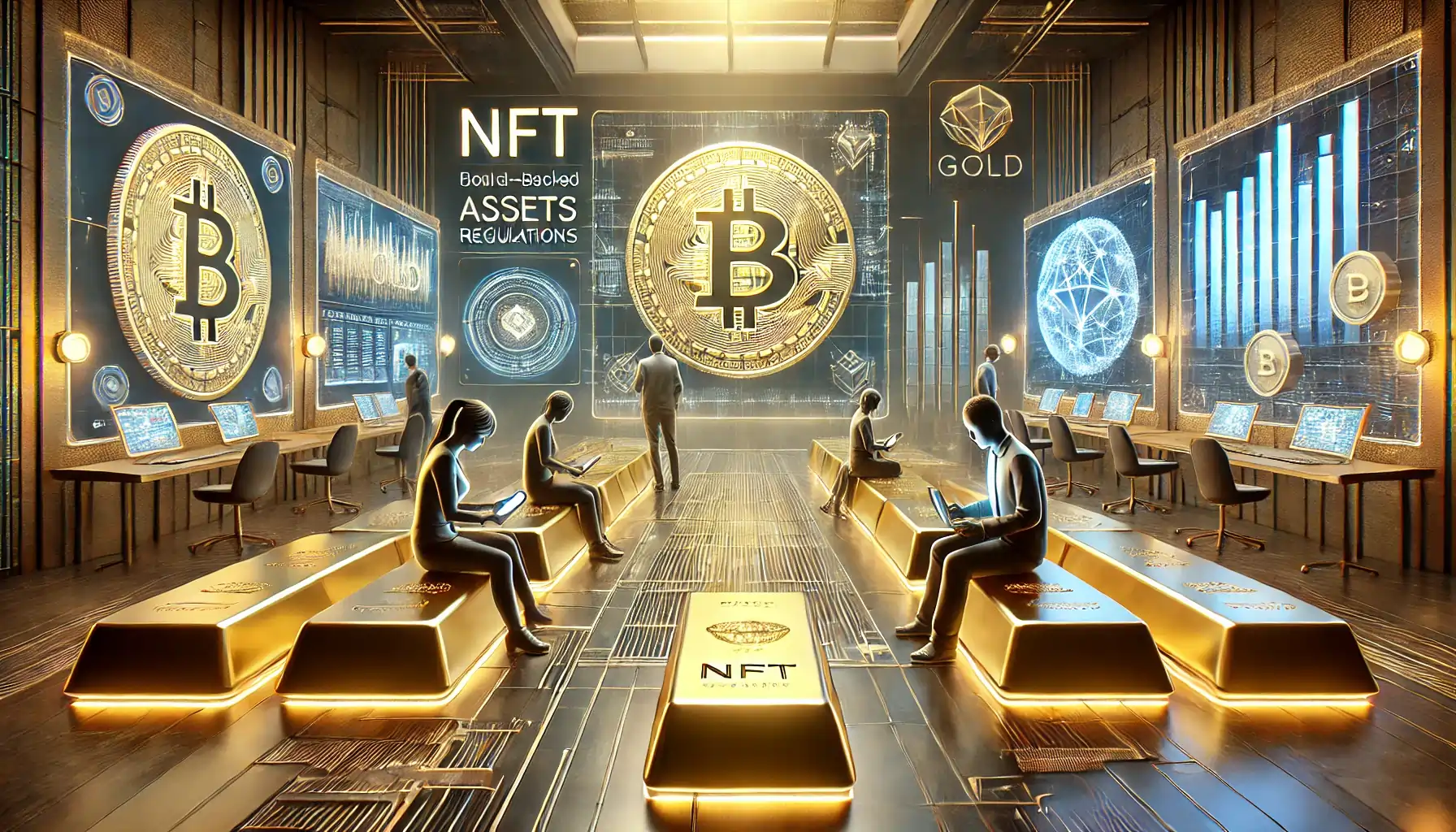Swarm, a Berlin-based real-world asset (RWA) platform founded by Timo Lehes, is making waves in the non-fungible token (NFT) space with its innovative gold-backed product. This initiative is launching ahead of the European Union’s new Markets in Crypto-Assets (MiCA) regulation, positioning Swarm at the forefront of asset control and transparency for its users.
Enhanced Asset Control with Gold-Backed NFTs
Swarm’s new venture enables customers to purchase a real-world asset backed by a gold bar, each linked to a unique NFT. This approach offers significant control and transparency over assets, which CEO Timo Lehes highlights as a crucial advantage in an increasingly volatile world.
“We’re so used to having balances on banks, brokerage accounts, and elsewhere, and we have no control over those assets,” Lehes stated. “Actually bringing things on-chain, you do have the legal right to that underlying asset, and you’re actually controlling the asset through your own wallet.”
We've been hinting at this for a while, and now it's finally time for the reveal…
Imagine holding the oldest and most trusted investment with unmatched transparency, control and flexibility.
Introducing #tokenized gold via NFTs 🧵
Our head of BD @Katieevans251 explains how… pic.twitter.com/KLHxGvTZW2
— Swarm (@SwarmMarkets) June 25, 2024
Circumnavigating MiCA Regulations
Swarm’s initiative successfully navigates the upcoming MiCA regulations, which are set to become effective on July 1. MiCA stipulates that its rules do not apply to unique and non-fungible crypto-assets, including digital art and collectibles.
“The NFTs are still basically out of the MiCA framework as long as you don’t fractionalize them or make them fungible,” Lehes said. “The other piece that’s also quite exciting about where MiCA sits right now is it doesn’t define how DeFi fits into the regulatory framework.”
Trading and Liquidity on Swarm’s Platform
Swarm users can trade their gold-backed NFTs on the platform’s secondary liquidity market, provided they comply with know-your-customer (KYC) and anti-money laundering (AML) regulations. This feature enhances the platform’s utility by addressing critical liquidity issues.
“The company’s not only making tokenization possible, but it’s also solving some critical aspects of liquidity,” Lehes added.
Future Prospects for Swarm
With the tokenized gold industry valued at approximately $1.15 billion, according to CoinGecko, Swarm is ahead of the curve, focusing on user-friendly applications for on-chain assets. The team is also exploring integrations between the decentralized finance (DeFi) ecosystem and the RWA space, aiming to bridge Web3 and Web2 platforms.
“I think that’s the natural step that we’re working on now is how to integrate with a lot of Web3 wallet companies as well as some Web2 companies,” Lehes explained.
Swarm’s gold-backed NFT initiative not only provides users with greater control and transparency over their assets but also positions the company as a pioneer in navigating new regulatory landscapes. By staying ahead of MiCA regulations and addressing liquidity challenges, Swarm is setting the stage for continued innovation and integration in the blockchain and digital asset spaces.

